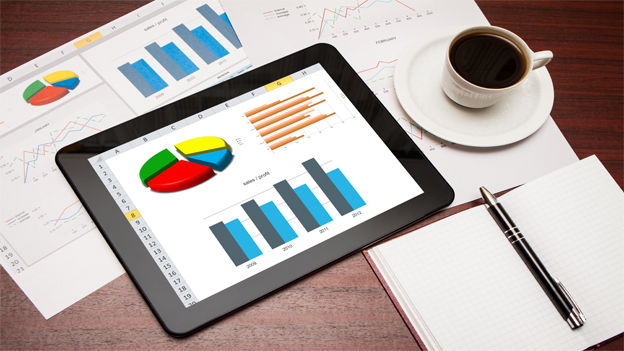Technology: Transactional to predictive

The leading trend in the analytics space is going to be around the ability of organizations to be predictable in nature, looking at data to foresee future trends and working backwards to create a better tomorrow
The analytics and Big Data market is expected to grow into a $27 billion market by 2017 and this is a validation of the rapidly increasing ability of businesses and HR to consume data for strategic decision-making. Organizations have started looking at utilizing data analytics to predict talent requirements, assess skill gaps and identify the best training and development methods.
At the same time, most organizations are still using technology solutions and data analytics for transactional purposes, whereas there is a strong need to leverage data analytics for prediction. For example, today most companies analyse data by mapping profiles with job descriptions. However, that is an elementary stage in analytics. Organizations need to use analytics to evaluate and predict the cost or the revenue at risk associated with the future talent acquisition and talent movement requirements.
The advantages of analytics
The talk of data analytics being the next big thing has been doing the rounds for a long time. Organizations, which had benefitted from technology and data solutions even at a transactional level, are now looking for change as these old technologies are not providing the value they used to get until a few years back.
As the internal talent requirements and external customer expectations have evolved tremendously in the recent past, organizations strive to provide more value to internal and external stakeholders. They are now looking at strengthening their talent supply chain and enhance existing workforce optimization processes, which is why the technology and analytics service providers need to provide more predictive data solutions. They need to scale up to be strategic partners to the organizations, helping them take cost-effective, sustainable and intelligent data-backed decisions.
Analytics can answer certain crucial people-related questions that impact overall businesses and in turn can help save effort and money. It helps foresee the business impact of recruitment cycle-time reduction and in predicting training needs early to provide intelligent learning paths for people who have the fundamental skills required for present and future projects.
In order to further illustrate how data analytics can help a recruiter, I’m using the same example of mapping profiles with job descriptions. While simple technology can read, score and map thousands of resumes in seconds, data analytics can provide you information beyond what’s mentioned in the resume. Predictive analytics helps draw meaningful inferences about a candidate’s implicit soft skills, competencies and capabilities for a future role based on his/her past experiences mentioned explicitly in the resume.
This is the periphery of predictions that can be derived from efficient transactions/operations. But what about big data in itself? Historical data allows you to track patterns of hiring, skill set availability by locations, age groups and years of experience. This data allows companies to understand how to map demand by available supply. Using this information large enterprises can gear up talent transformation internally, for medium and small businesses it helps them understand how to invest in the right training based on their business pipeline. It allows organisations to leverage the predictive nature of analytics to determine strategy taking into account cost at risk and revenue at risk!
Picking the right partner
Since the market for HR technology and analytics is growing, the number of services available is also on the rise. In such a scenario, organizations need to be meticulous of certain criteria while choosing a service partner for technology and analytics. The first and foremost is the relevance of the technology of the service partner as it impacts both the present and the future of the organization. The capability of the service partner to constantly innovate is also essential for the long-term benefit of the organization. The focus areas of the service provider could align or misalign with the organization’s requirements depending on its scale, size and culture.
The organization also plays an important role in ensuring effectiveness of a technology or analytics solution, for which the internal stakeholders such as the workforce management or the talent acquisition groups, the IT teams and even the COO or the business heads need to be supportive of its implementation. Last but not the least, the leading trend in the analytics space is going to be around the ability of organizations to be predictable in nature, looking at data to foresee future trends and working backwards to create a better tomorrow!










